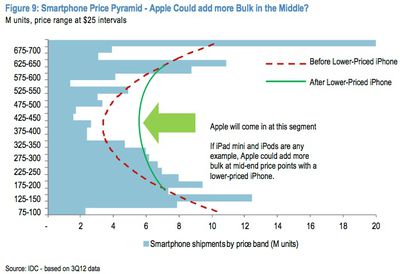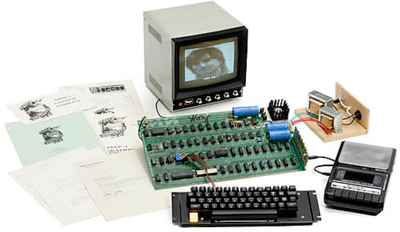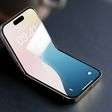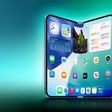Fitbit today launched its newest wearable activity tracking device, the Fitbit Flex. The wristband, which originally debuted at CES 2013, counts calories burned, distance walked, and steps taken, along with offering tools to record food intake and sleep quality.
At $100, the Fitbit Flex is more affordable than competing products like the Jawbone UP and the Nike FuelBand, priced at $130 and $150, respectively.
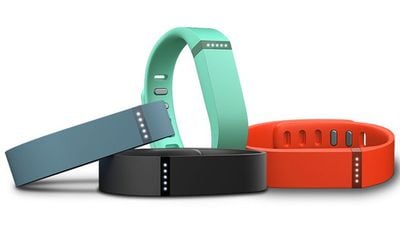 The waterproof band needs to be charged approximately every five days and syncs via Bluetooth 4.0. It works in conjunction with the Fitbit app. Engadget has posted a comprehensive review of the Fitbit Flex, finding the design to be appealing but the sleep and food tracking features to be lacking.
The waterproof band needs to be charged approximately every five days and syncs via Bluetooth 4.0. It works in conjunction with the Fitbit app. Engadget has posted a comprehensive review of the Fitbit Flex, finding the design to be appealing but the sleep and food tracking features to be lacking.
What Fitbit seems to have done is look at the rest of the fitness-tracking field, figure out what features have proven most successful and essential and then packed them in a surprisingly stylish and affordable package. At $100, the Flex isn't an impulse purchase considering its relatively niche appeal, but for those looking to pick up this particular type of lifestyle product, it's a solid choice.
The social aspects of racking up Fuel points and Jawbone's more robust mobile app certainly have their appeal, but we'd say the Flex offers the most well-rounded experience, not to mention the best bang for your buck.
The Fitbit Flex wristband can be purchased from the Fitbit website for $99.95.


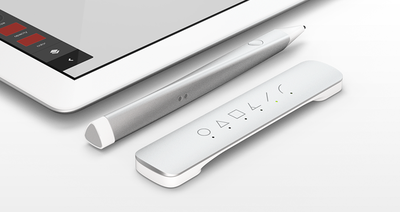
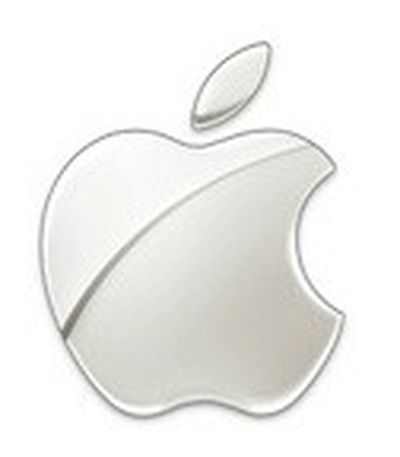 Apple is missing the opportunity to reach
Apple is missing the opportunity to reach  Adobe has decided to focus its resources on Creative Cloud and will not continue development on its Creative Suite software,
Adobe has decided to focus its resources on Creative Cloud and will not continue development on its Creative Suite software,  EA has
EA has 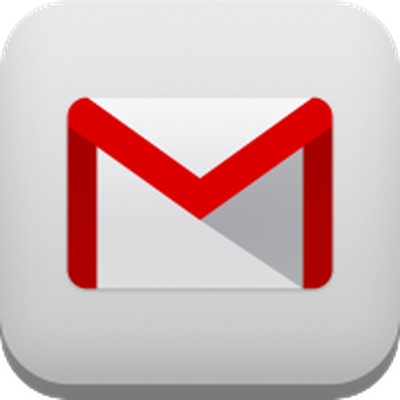 Google has updated its Gmail for iOS app with a pair of new features aimed at Google power-users.
Google has updated its Gmail for iOS app with a pair of new features aimed at Google power-users.



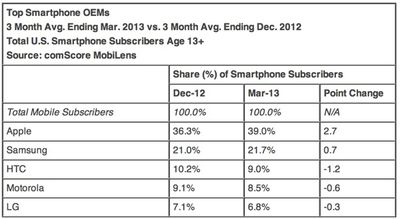
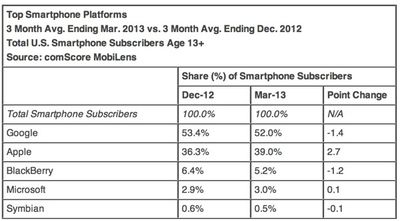
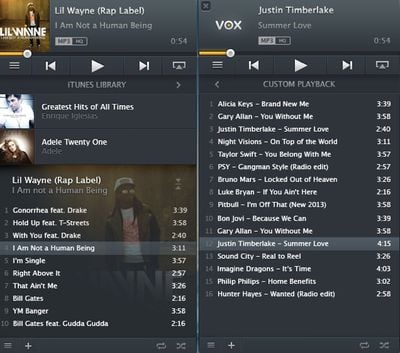
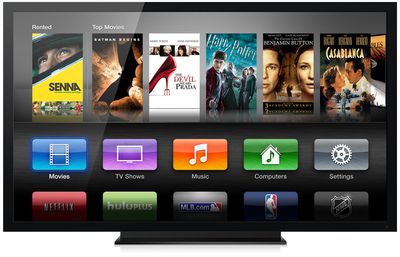
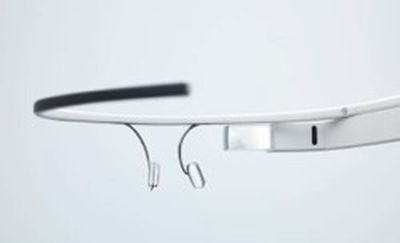 Google Glass will soon
Google Glass will soon 